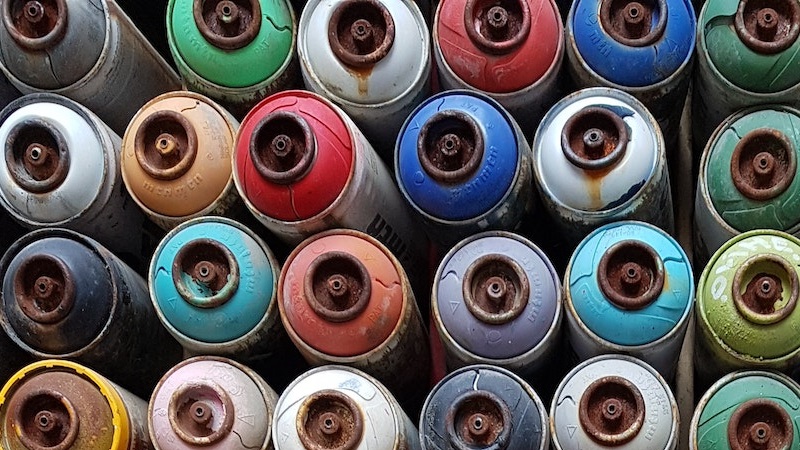
The global market for rheumatoid arthritis treatments is expected to grow at a CAGR of...
Learn More
Our consulting solutions address company specific challenges with respect to micro environment...
Learn More
Organizations frequently need day-today research guidancein order to gain strategic...
Learn More
Exploring different areas of market research and market analysis is a key factor...
Learn MoreAcute Market Reports presents the most extensive global business research services across industries. Our research studies focus on potential outcomes, benefits, and risks associated with each market segment across geographies. Having served our global clients for more than 10 years, our prime priority is to enable our clients in making well-informed business decisions through a data-driven, analytical, and uncomplicated research approach.
We provide access to the world's most comprehensive, analytical, and updated business intelligence services and solutions.




The veterinary dental elevators market is a specialized segment within the broader veterinary medical devices market. Veterinary dental elevators are instruments used by veterinary professionals to elevate and extract teeth during dental procedures i...
Read More
The global aerosol cans market is a rapidly growing market with increasing demand from various end-use industries. Aerosol cans are widely used for packaging a wide range of products including personal care, automotive, household products, and indust...
Read More
The building-to-grid technology market is expected to grow at a CAGR of 22% during the forecast period of 2025 to 2033. The technology refers to the integration of buildings with the power grid, enabling enhanced energy management and efficiency. Thi...
Read More




